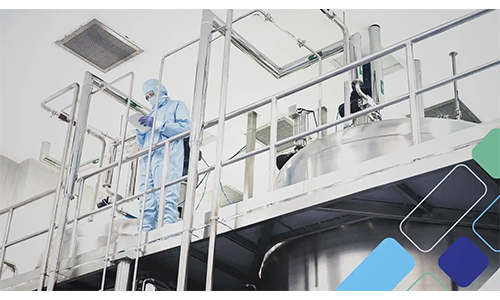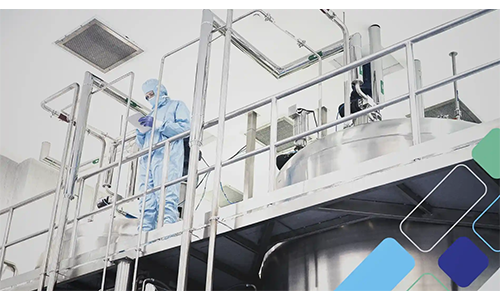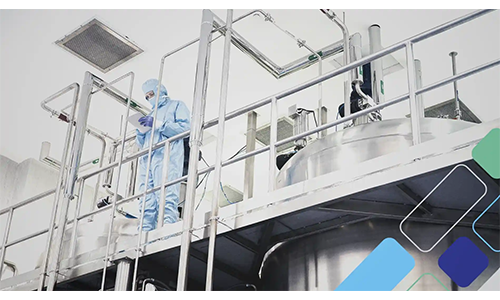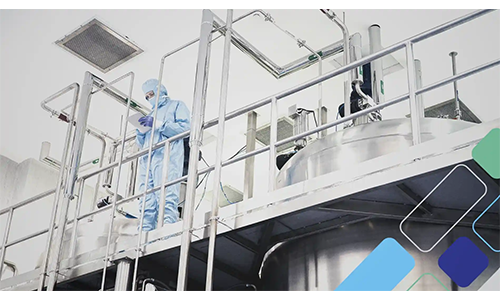An interesting study by Texas A&M University and The Ohio State University, published in Applied Ergonomics and analyzed by Science Daily in October 2021, reached some unusual conclusions about industrial exoskeletons.
In an effort to address worker injuries, as measured by $100 billion in medical bills according to data from the Bureau of Labor Statistics, companies have been providing employees with aids to help with heavy lifting, in the form of exoskeletons. However, new research found that the “cognitive fit (where the wearer has ample mental resources available to accurately operate the exoskeleton while conducting their daily work tasks) of such wearable robotic solutions in the workplace may impose newer risks on workers.”
The studies looked that the brain functions of those wearing an exoskeleton to perform a lifting task and were able to “document the neurocognitive 'cost' of wearing an exoskeleton and identify adaptation strategies adopted by users over time to mitigate the cognitive risks introduced by the exoskeleton."
What was discovered is that when an employee was tasked with solving an issue, such as a math problem while using the lifts, they lost the biomechanical benefits provided by the exoskeleton.
What was this even studied? "We wanted to shed some light on how the use of an industrial exoskeleton impacts the worker's motor and cognitive capabilities, given that the worker has to learn new motor strategies to work efficiently while wearing exoskeletons to do their work," said Ranjana Mehta, Associate Professor, Industrial & Systems Engineering, Director, NeuroErgonomics Lab, Texas A&M University, in the article.
From a policy perspective, this finding is important. "While exoskeletons hold great promise in alleviating physical loads in the workplace, these findings can guide the development of decision support tools for ergonomists to determine when/how and during what tasks exoskeletons should be used on the factory floor to maximize worker safety," Mehta wrote.










































































